Zero Waste
Introduction: The utopian ideal vs. our current reality
While true zero waste might seem like a distant dream, it beckons us with a promise of redemption. It underscores a pressing mission: drastically cutting down our environmental footprint. Now, more than ever, with natural resources dwindling and the repercussions of climate change becoming glaringly apparent, the call to action is clear and urgent. It isn’t just about reducing the mountains of trash ending up in landfills or the harmful emissions from incinerators; it’s about an entire paradigm shift in our consumption patterns. By embracing the five R’s—refuse, reduce, reuse, repurpose, and recycle—we not only create a harmonious balance in our immediate surroundings but also join hands in a global movement to protect the Earth for the generations to come.
Highlighting the benefits of striving for zero waste.
The Grave Implications of Our Waste Habits
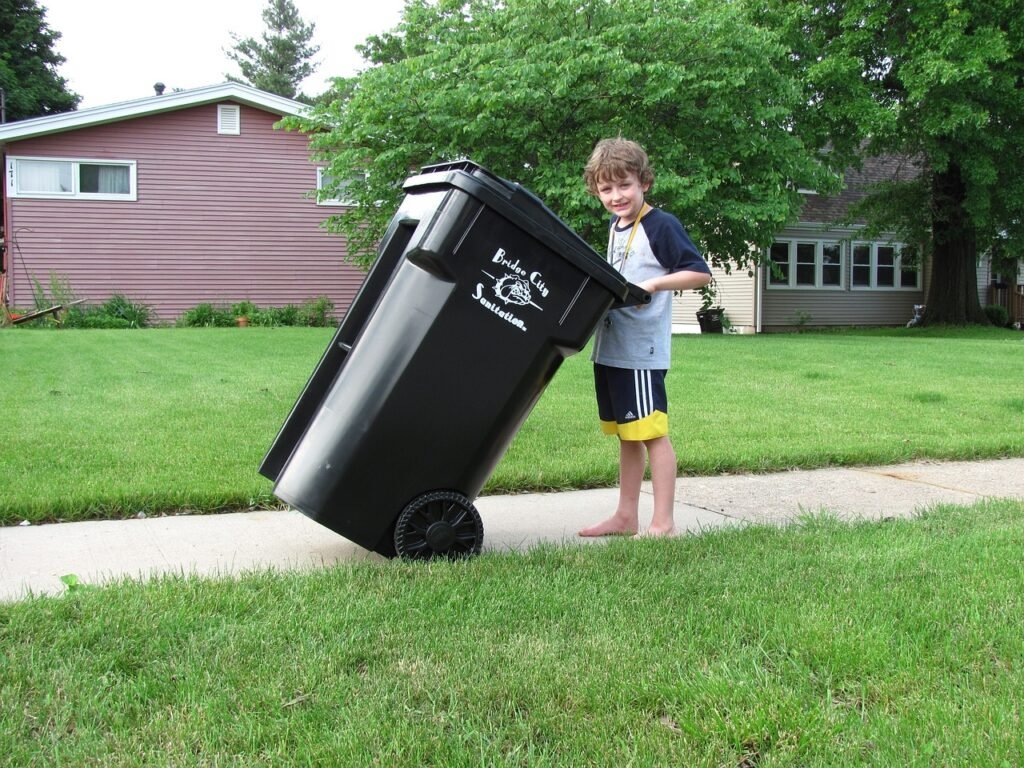
Environmental
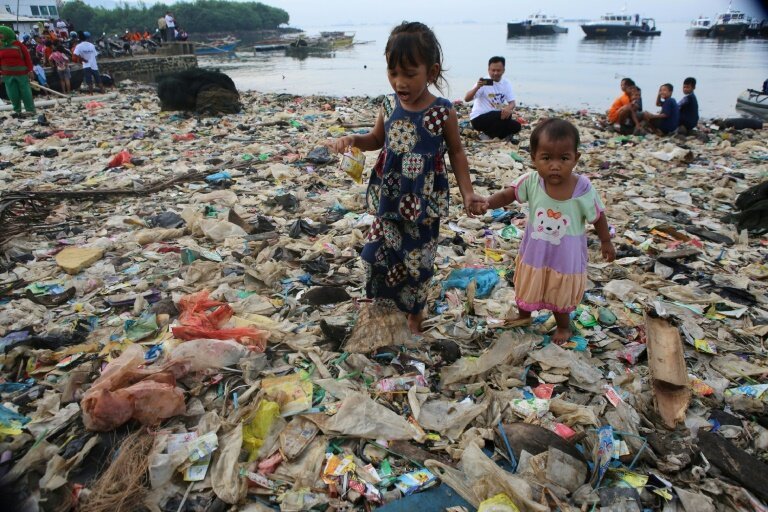
Health

Economic
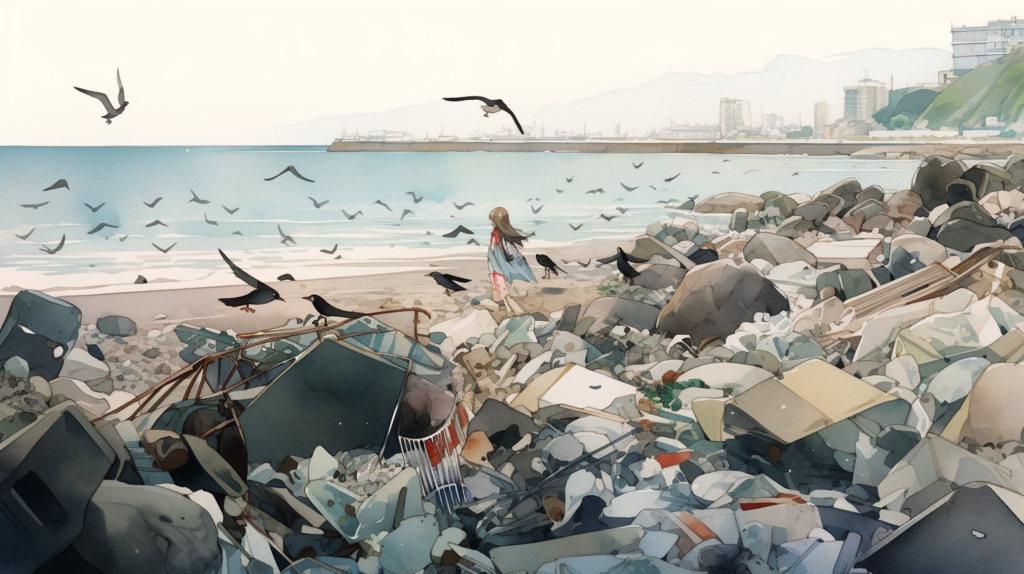
Societal
A Snapshot: Waste Production in Numbers
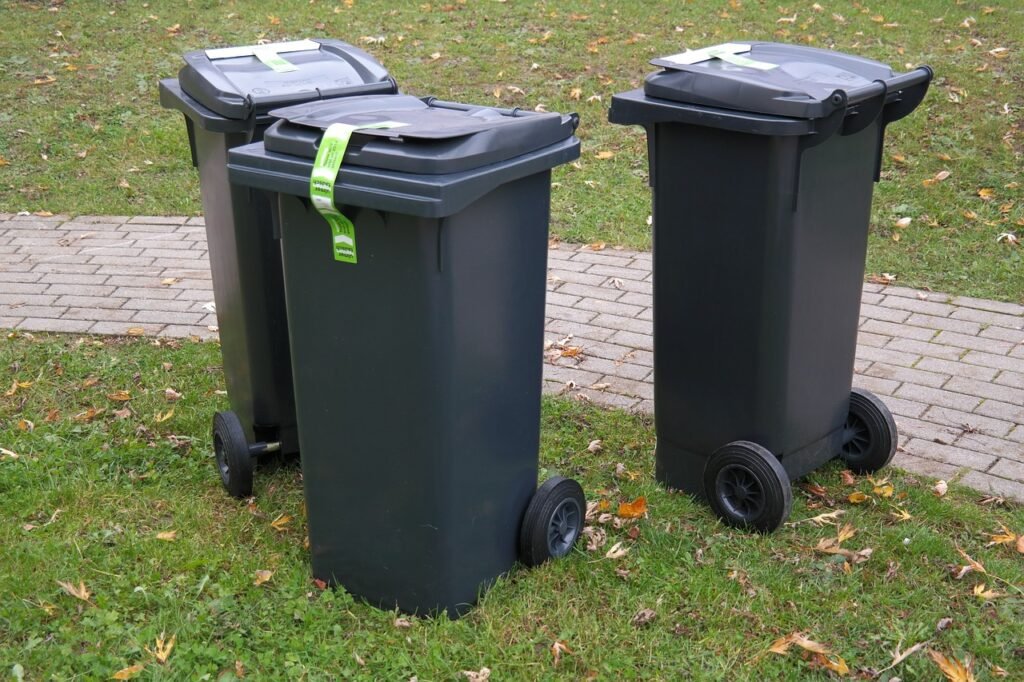
Global vs. Regional Perspectives
The scale of global waste production is staggering. As of 2022, the world generates over 2.01 billion tonnes of municipal solid waste annually. While every region contributes, the quantities and types of waste vary:
- High-Income Countries: Although they account for only 16% of the global population, these nations produce about 34% of the world’s waste.
- East Asia and Pacific: This region is the most significant contributor, responsible for 23% of global waste.
- Sub-Saharan Africa: Here, waste generation is expected to triple by 2050 due to rapid urbanization and population growth.
Such disparities underline the differing consumption patterns, lifestyles, and waste management practices across regions.

The Individual Footprint
It’s illuminating to narrow the lens and focus on the waste produced by the average person:
- Globally, each individual produces approximately 0.74 kilograms of waste daily.
- In high-income countries, this figure jumps to an average of 2.21 kilograms per person per day.
- Contrastingly, in low-income countries, individuals produce just about 0.45 kilograms daily.
This divergence highlights the substantial waste footprint of developed nations compared to their less affluent counterparts.
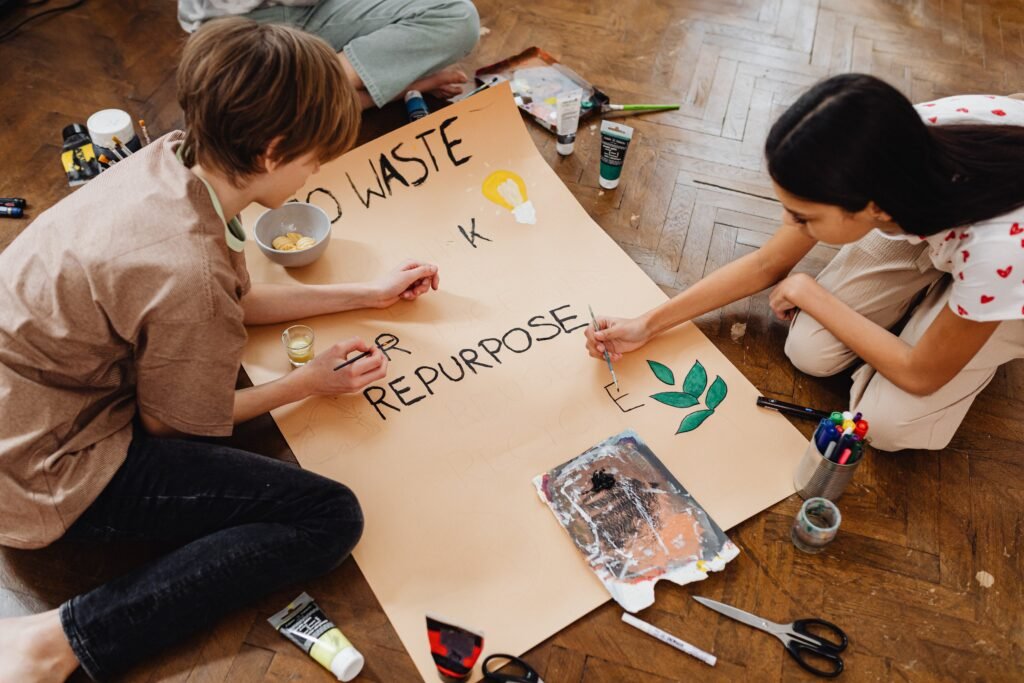
Household Dynamics
On a household scale, the numbers further emphasize our collective waste habits:
- The average family in a developed nation discards roughly 1,000 kilograms of waste annually. This includes general waste, recyclables, and compostables.
- Surprisingly, 60% of household waste is organic in nature, emphasizing the potential benefits of composting.
- Plastics remain a concern, constituting about 12% of household waste, much of which is not recycled.
Mapping the Path to Zero Waste

Emphasizing Quality Over Quantity
In our fast-paced, consumer-driven society, the allure of novelty can be overwhelming. However, there’s wisdom in the old adage, “Buy less, choose well.”
- Durability: Investing in durable goods, even if they’re pricier upfront, can save both money and waste in the long run. A sturdy item that lasts for years generates less waste than repeatedly buying and discarding cheap, short-lived alternatives.
- Timelessness: Opt for classic, timeless designs over fleeting trends. This not only ensures longevity in usage but also reduces the desire to constantly update and discard.
- Value-Driven Purchases: By supporting businesses that prioritize sustainability and ethical practices, we send a strong market signal. Companies will produce what consumers demand—if we prioritize quality and sustainability, they will too.

Conscious Consumption: Needs vs. Wants
Every purchase we make sends a ripple effect through the environment, society, and economy. It’s crucial to distinguish between genuine needs and fleeting wants.
- Self-Awareness: Regularly reflecting on our consumption habits helps pinpoint areas of excess. Do we really need that new gadget, or is it a momentary desire fueled by advertising?
- Mindful Shopping: Creating and sticking to shopping lists can prevent impulsive buys. When shopping, ask: “Do I really need this? How often will I use it? Can I borrow or rent it instead?”
- Minimize Single-Use: One of the most significant waste culprits is single-use items. By choosing reusable alternatives—like cloth bags, refillable bottles, and containers—we can drastically cut down on waste.
- Educate & Engage: Stay informed about the environmental impact of products. Mobile apps and online platforms offer insights into the sustainability credentials of products and brands. Being an informed consumer is a powerful tool for change.
To walk the path to zero waste, it's not just about eliminating trash—it's about reshaping our relationship with the material world. When we choose quality over quantity and critically evaluate our needs versus wants, we create a ripple effect that benefits ourselves, our communities, and our planet.
Targeted Waste Reduction Strategies
Food: From Farm to Fork and Beyond
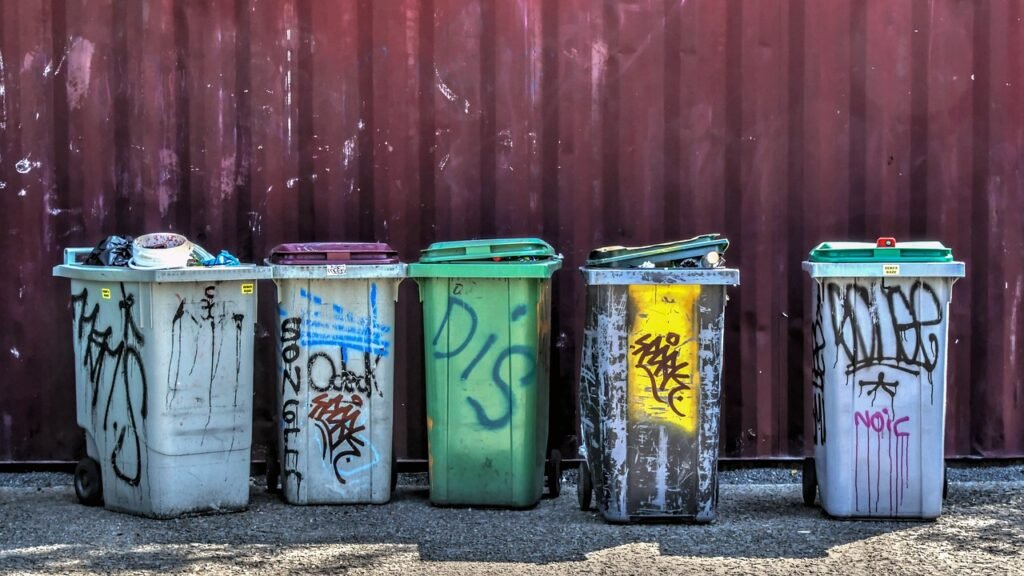
Preventing Waste
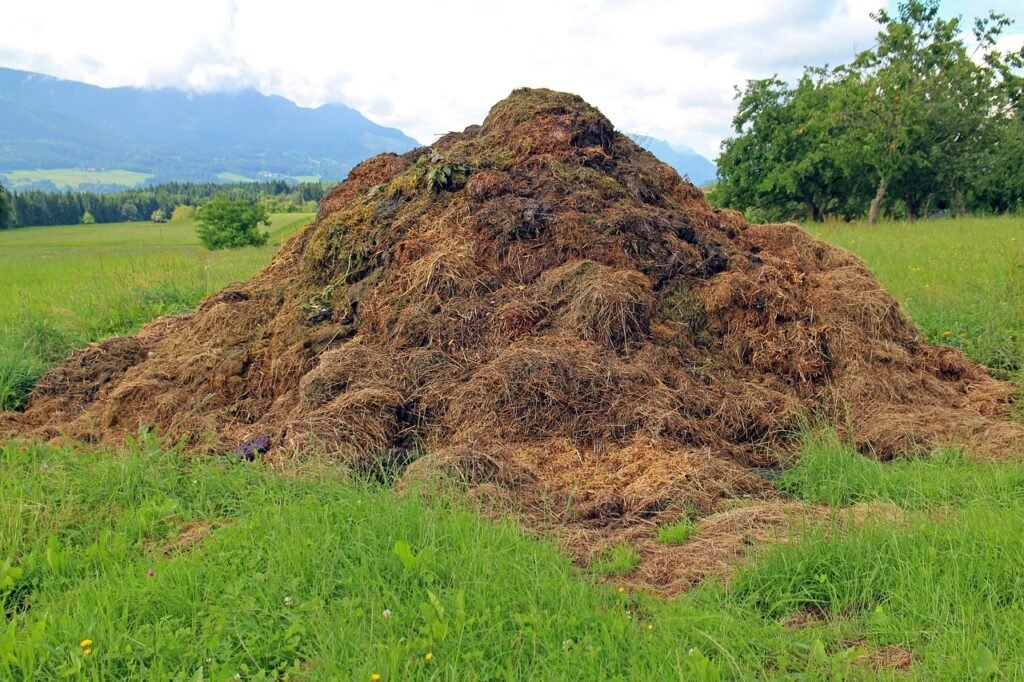
Composting

Sustainable Eating Habits
Plastics: The Ubiquitous Challenge

Alternatives
- Biodegradable & Compostable: Seek out products made from plant-based materials, which break down more easily than traditional plastics.
- Reusable Over Single-Use: Shift to reusable bags, containers, and utensils. Invest in quality items that can last years

Reduction Techniques
- Bulk Buying: Purchase items in bulk using your containers, reducing packaging waste.
- Refuse & Reduce: Politely refuse unnecessary plastic items like straws and cutlery. Opt for products with minimal or recyclable packaging.
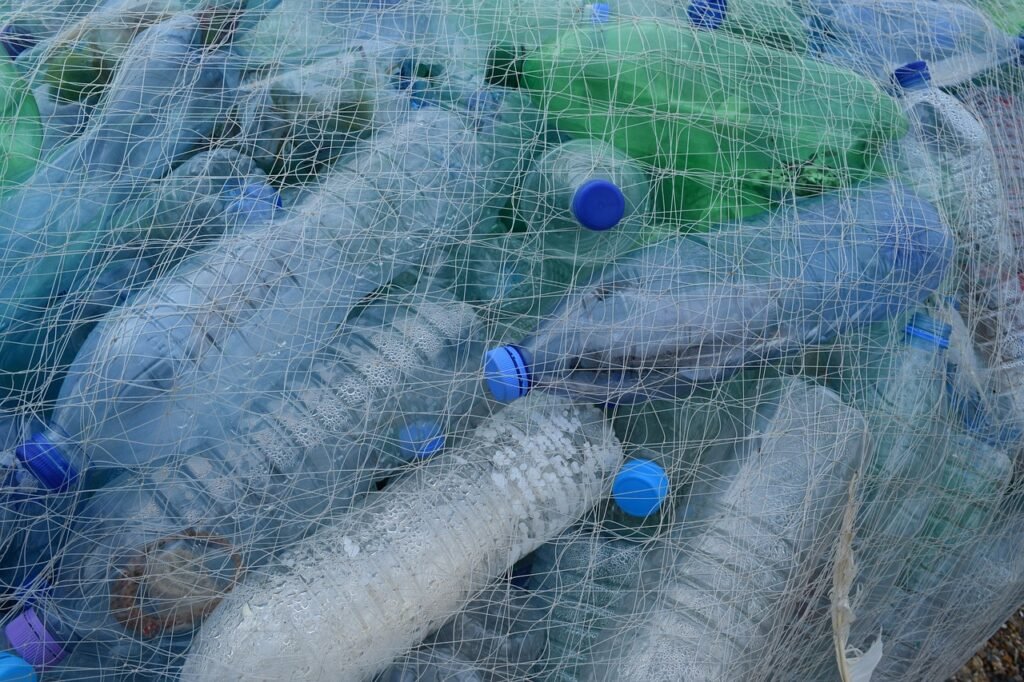
Proper Recycling
- Clean & Separate: Ensure plastics are clean before recycling. Follow local guidelines for separating different types of plastics.
E-Waste
More Valuable Than You ThinkElectronics are teeming with precious metals and valuable components. Shockingly, 1 ton of mobile phones (excluding batteries) might contain up to 350 grams of gold, surpassing the amount in a ton of gold ore. It’s estimated that the U.S. annually discards over $60 million in gold and silver just from unwanted phones. With the average American household owning approximately 24 electronic products, the potential monetary value embedded in our everyday devices is astounding.
Capitalizing on Your E-Waste
- Sell Old Devices: Before relegating a device to the recycling bin, consider its resale value. Platforms like Gazelle or Decluttr, and even local pawn shops, often offer cash for old electronics.
- E-Waste Recycling Benefits: Some dedicated recycling facilities might pay for certain e-wastes, particularly those rich in precious metals.
- Tax-Deductible Donations: Donating functional electronics to nonprofits, schools, or refurbishing organizations might offer you tax deductions.
- Creative Upcycling: Repurpose instead of disposing. Transform an old computer into a home server or an outdated phone into a dedicated music player.

E-Waste Reduction
- Extended Use: Often, a minor upgrade or repair can breathe new life into a device. Before hopping on the latest tech trend, assess if your current gadget still suffices.
- Buy Refurbished: Opt for refurbished electronics. They’re frequently as efficient as brand-new counterparts but carry a smaller environmental imprint.

Ethical Disposal
- E-Waste Programs: Ensure your old devices don’t culminate in landfills. Many cities and companies champion e-waste recycling initiatives.
- Donate: Operational devices can still serve others. Consider donating to schools, NGOs, or community centers.

Tech Minimalism
- Assess Your Needs: Ponder the environmental, personal, and financial cost of perpetual tech consumption. Is that new gadget truly indispensable?
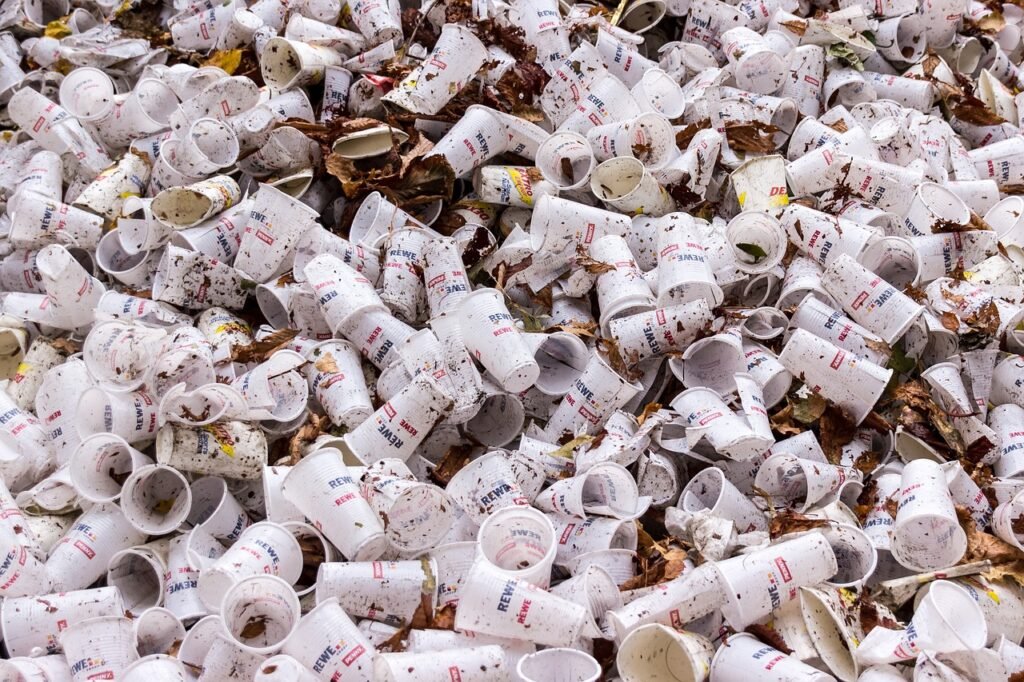
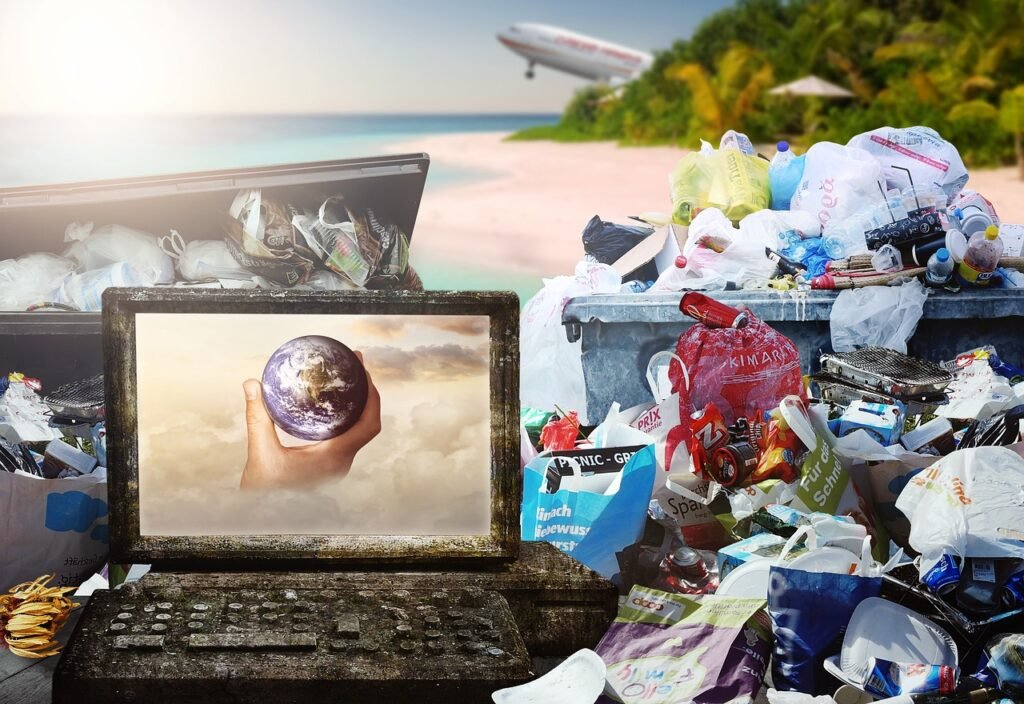
Eco-Alternatives
- Natural Cleaners: Opt for cleaning agents made from natural ingredients, reducing chemical waste.
- DIY Products: Homemade solutions, from cosmetics to cleaning agents, can reduce packaging waste and toxic ingredients.

Waste Segregation
- Divide at Source: Separate waste at the point of disposal. Differentiate between recyclables, compostables, and general waste.
- Educate & Implement: Familiarize family members with segregation practices, ensuring consistency.
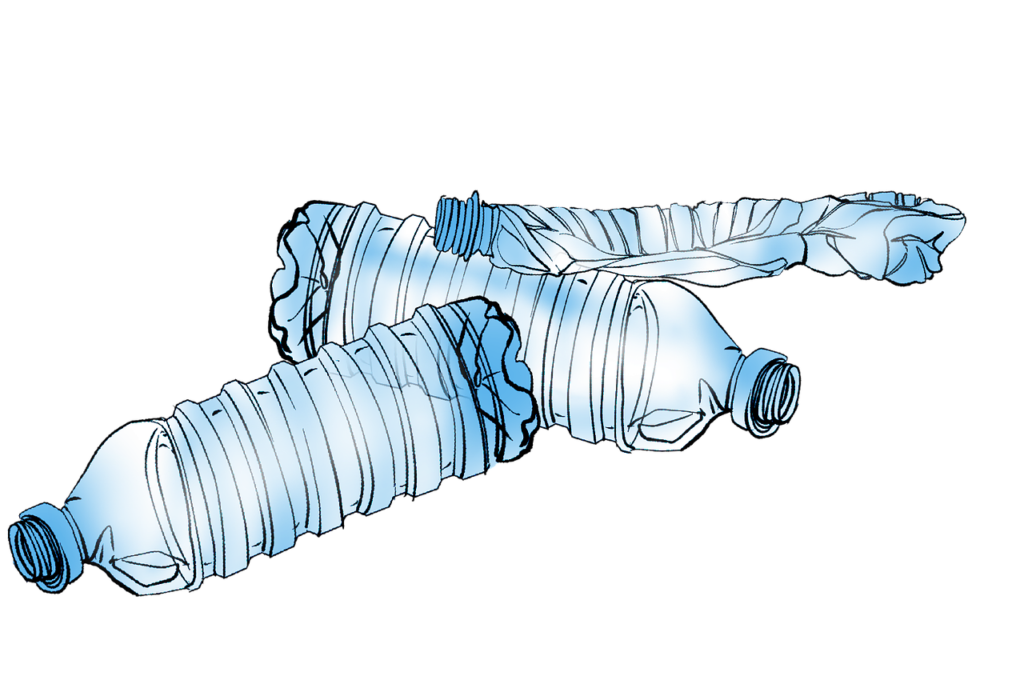
Reduction Techniques
- Mindful Purchasing: Evaluate if a product will eventually result in waste. Seek alternatives or forego it altogether.
Every item we discard has a story: where it came from, the resources used to create it, and where it will end up. By targeting specific waste categories and implementing strategic solutions, we can rewrite these stories to have happier endings—for our planet and us.
COMING SOON
Zero Waste Toolkit: DIY & Products
- DIY Solutions: Step-by-step guides for homemade, eco-friendly alternatives.
- Product Recommendations: Curated list of sustainable brands and products, with emphasis on ethical production and packaging.
Innovative Repurposing: Waste to Resource
- From Plastic Waste to 3D Printing: Introduction, tutorials, and innovative applications.
- Spotlight on other innovations: Highlighting unique ways people globally are turning waste into valuable resources.
Community and Advocacy
- The power of collective action.
- Ways to get involved locally and globally, from beach clean-ups to policy advocacy.
Conclusion & Call to Action
- Painting the vision of a waste-free world.
- A compelling call for readers to adopt, advocate, and innovate for a zero-waste lifestyle.
